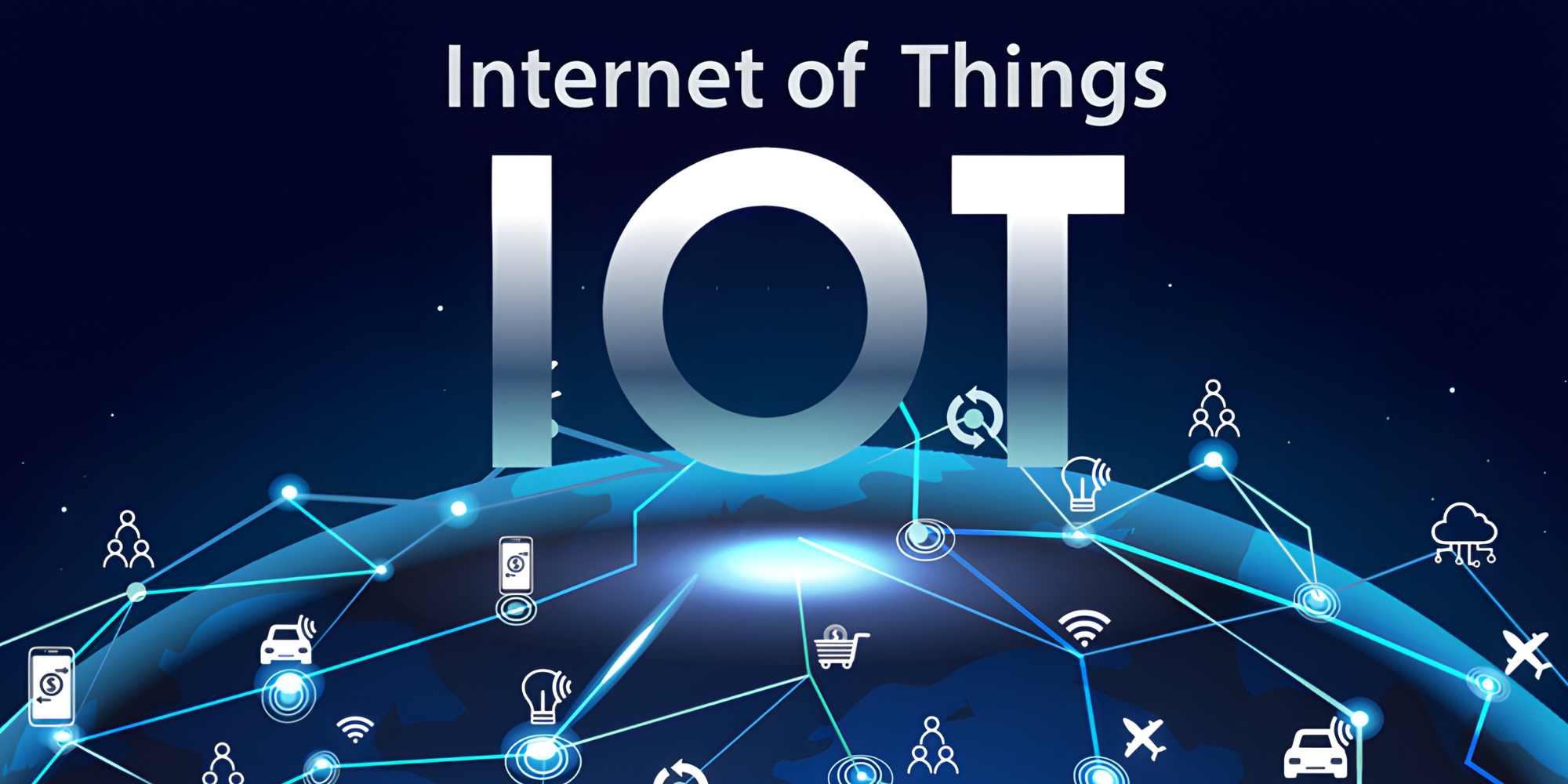Edge-driven IoT: How it is fueling the next wave of digital transformation
The evolution of IoT and edge computing has also brought security concerns because expanding connected devices' networks increases their vulnerability to cyber threats.
The IoT revolution has interconnected our world, transforming everyday objects into intelligent devices.
Numerous industries stand to gain from this technology in disparate ways. For instance, IoT optimises manufacturing production lines and quality control, boosting efficiency and reducing waste. In agriculture, it facilitates precision farming, improving resource management and crop yields. Healthcare leverages it for remote patient monitoring, enhancing care.
With the growing number of connected devices, a wealth of data is generated, necessitating effective processing and analysis. This is where edge computing technology becomes crucial. The fusion of IoT and edge computing solutions unlocks new opportunities, promising a more unified, automated, and intelligent future that breaks the boundaries of what was technically envisaged a few years back.
Understanding IoT edge computing
At its core, IoT is a network of physical devices with embedded sensors and connectivity for data collection. On the other hand, edge computing brings computation and data storage closer to where it's needed, reducing latency and conserving bandwidth. Edge computing applications are known to have helped enterprises prioritise localised data processing for faster, more efficient results and enhanced data security.
Edge computing architecture encompasses an ecosystem of components disseminated from the central location of an organisation's data centre outward—across several edge locations—with holistic deployment. It includes applications, devices, sensors, compute and storage capabilities, and network connectivity back to the data centre or cloud that works in unison with IoT devices. Closely related to edge computing, edge streaming analytics is an approach for data collection and analysis at the source, like sensors or devices, rather than waiting for central data storage, akin to edge computing.
A typical use case for edge analytics is monitoring IoT devices to ensure they function correctly. The underlying edge analytics platform can automatically take corrective action if an abnormality is detected. Where automated remediation is not feasible, the platform can send alerts and insights to IT personnel who can take action to fix the problem.
Network edge devices for IoT: In the IoT ecosystem, a network edge device serves as a bridge between the physical and digital worlds. It encompasses various devices like temperature sensors, health wearables, and security cameras. These edge devices analyse data at the source rather than sending it to a distant server. Edge devices are now further enhanced with artificial intelligence (AI). Edge AI technology incorporates AI into edge computing environments, enabling quicker, localised decision-making without relying on cloud or offsite data centres.

Image Source: Shutterstock
Benefits of edge computing in IoT
Edge computing platforms combined with IoT create a robust ecosystem that takes data management and processing to a new level. It helps to drive the next phase of digital transformation. When it comes to edge computing vs on-premise computing comparison, the key benefits offered by IoT edge computing are:
- Low latency: Processing data closer to its source reduces communication latency between devices and central IT networks.
- Improved responsiveness: Reduced latency speeds up decision-making, enhancing operational efficiency.
- Optimised network bandwidth: Edge computing minimises data sent to centralised centres, optimising network bandwidth and avoiding bottlenecks.
- Operational continuity: IoT devices continue functioning even during network disruptions, ensuring seamless operations.
- Real-time data processing: Local processing enables immediate data aggregation, leading to swift decision-making with analytics and machine learning, providing timely actionable insights and efficient IoT device performance.
- Data privacy and security: Local data processing enhances security and privacy by reducing exposure to network vulnerabilities and limiting sensitive data storage in the cloud.
- Cost savings: Edge computing reduces high-bandwidth data transmission and storage needs at other locations, resulting in substantial cost savings.
With such advantages of IoT and edge computing combination, organisations harness the technologies in several use cases. Manufacturers, in particular, enhance productivity by swiftly detecting assembly line issues and improving predictive maintenance.
Edge cloud computing aids supply chain management by monitoring inventory and in-transit stock, optimising demand-supply balance for efficient order fulfilment. In property management, IoT and edge technology enhance energy efficiency, using edge computing on smart solar panels to predict supply and analyse demand for informed sourcing decisions.
(Ajay Pandey is Senior Vice President – Services at CriticalRiver, which leverages the latest technologies to drive innovation and achieve unprecedented results.)
(Disclaimer: The views and opinions expressed in this article are those of the author and do not necessarily reflect the views of YourStory.)







